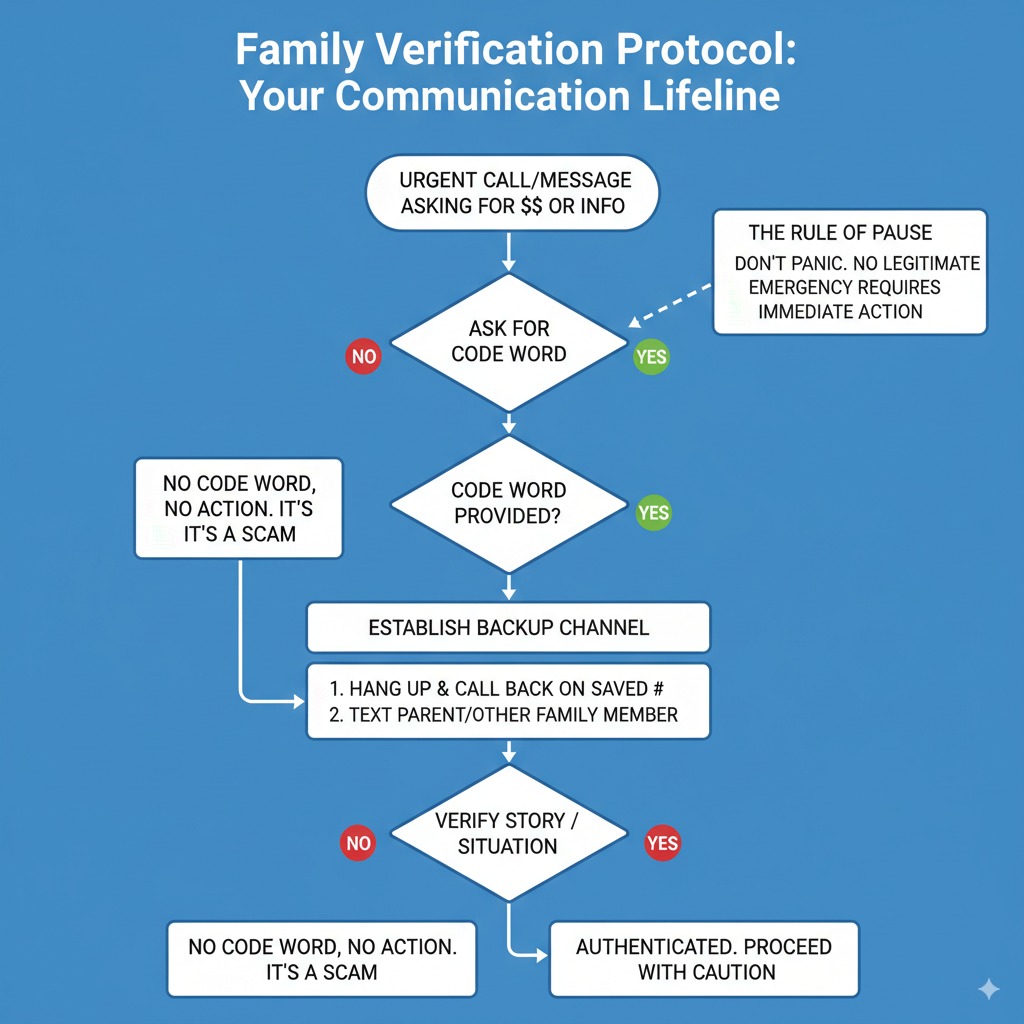
Newsletter Subscribe
Enter your email address below and subscribe to our newsletter

I remember when spotting a scam emailEmail, or electronic mail, is a digital communication tool that allows users to send and receive mes... More was a fun little game, like a digital “Where’s Waldo?”
You’d look for the obvious clues: the email was from a mysterious foreign prince, the grammar looked like it had been put through a blender, and the subject line usually screamed, “URGENT ASSISTANCE REQUIRED!!!”

Frankly, my junk folder had more red flags than a bullfighting convention.
But the game has changed. The scammers have hired a new employee, one that never sleeps, speaks perfect English, and knows an unnerving amount about you.
This new employee is Artificial IntelligenceArtificial Intelligence (AI) is basically when computers get smart—really smart. Imagine if your c... More (AI), and it’s turning the art of the scam from a clumsy forgery into a convincing masterpiece. Let’s pull back the curtain on these new-fangled tricks and learn how to send these digital con artists packing.
In the good old days, phishing was like a fisherman casting a giant, sloppy net into the ocean, hoping to catch a few clueless fish.
The emails were generic because they were sent to millions of people at once. The scammer didn’t know your name, let alone that you just posted pictures of your granddaughter’s first soccer goal.
AI changes everything. Think of AI as a super-smart research assistant for the bad guys. It scours the internetThe Internet is a vast network of computers and other electronic devices connected globally, allowin... More, learning details about you to craft a personalized lure.
Instead of a wide net, AI phishingPhishing involves cyber thieves creating fake communications, often appearing as emails from trusted... More is like a master angler who knows your favorite fishing spot, what bait you like, and even calls you by your nickname.
These AI-powered emails are grammatically perfect. They use your name, reference your hobbies, and mention names of your friends or family. They are designed to look and feel so personal that your natural skepticism alarm doesn’t even go off.
So, how does this AI know you’re a proud member of the “Knitters of Northwood” Facebook group?
It’s not magic; it’s data. Scammers use AI to build what you might call a “Digital Dossier” on potential targets.
Every time you post on social media, sign an online petition, or write a public comment, you leave a little digital breadcrumb.
On their own, these crumbs are harmless. A photo of your garden. A “happy birthday” message to your nephew, Mark. A mention of your upcoming trip to Florida.
But AI is brilliant at gathering these crumbs and baking them into a complete cake of your life.
It connects the dots between your posts to build a profile: your family members’ names, your hobbies, where you live, and even events you’re looking forward to.
This is the secret sauce that makes their scams so believable.

This is where things get a bit science fiction. Scammers can use AI to not only write like someone you know but also sound like them.
With just a few seconds of a person’s voice from a public video (like a birthday message you posted online), AI can create a “voice clone.”
Suddenly, you might get a frantic phone call from a voice that sounds exactly like your grandson, claiming he’s in trouble and needs you to wire money immediately.
The urgency, combined with the familiar voice, is a powerful trick designed to make you act before you think.
Alright, that’s enough doom and gloom. The good news is that even the smartest AI can be outsmarted by a prepared and thoughtful human.
You are still the boss. Here’s how you build your fortress.
This is the single most powerful tool you have. It’s a simple plan you create with your family before a scam ever happens.

Think of this as locking your digital doors and windowsWindows is a widely used operating system developed by Microsoft Corporation, designed to provide a ... More. The fewer “breadcrumbs” you leave online, the less information AI has to build a fake story.
First, give yourself a pat on the back for spotting it! Don’t engage with the scammer. Don’t replyReply is a common feature in communication platforms and email clients that allows users to respond ... More to the email or yell at the person on the phone.
If you think you might have accidentally shared information or sent money, don’t panic or feel ashamed. It happens to the best of us.
Immediately contact your bank or credit card company to report the fraud and follow their instructions.
Regular phishing is a generic, mass email with lots of errors. AI phishing is a highly personalized, well-written message that uses your personal details (names, hobbies, recent activities) to trick you into believing it’s from someone you know and trust.
Yes, unfortunately. AI technology can take a small sample of a voice from a public video or voicemail and create a synthetic clone that sounds remarkably real. This is why having a family code word is so important.
While spamSpam refers to unsolicited or unwanted messages, often sent in bulk, typically via email, text messa... More filters are great, AI-generated emails are often so well-written and personalized that they can slip past these filters. They don’t have the typical red flags (like misspelled words) that filters are trained to look for.
Not necessarily. Data breaches happen, and scammers can buy lists of names and account numbers online. Always verify an unexpected or urgent request by contacting the company directly through their official websiteA website is a collection of interconnected web pages or digital content that are accessible via the... More or phone number—never the one provided in the email.
The digital world may have some new villains, but you now have a new set of superpowers to defeat them. By staying curious, cautious, and connected with your loved ones, you can navigate the internet with confidence and keep the scammers guessing.